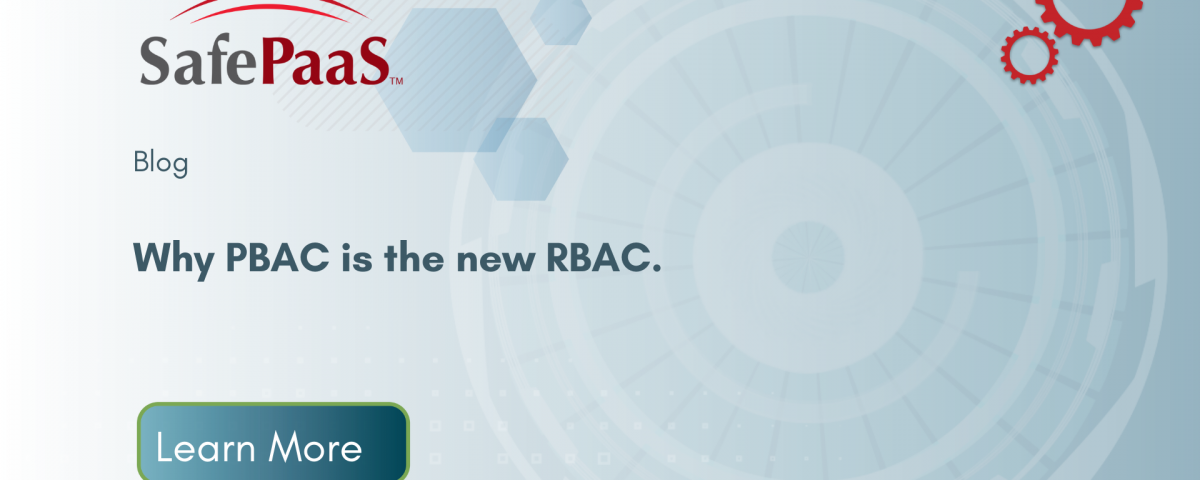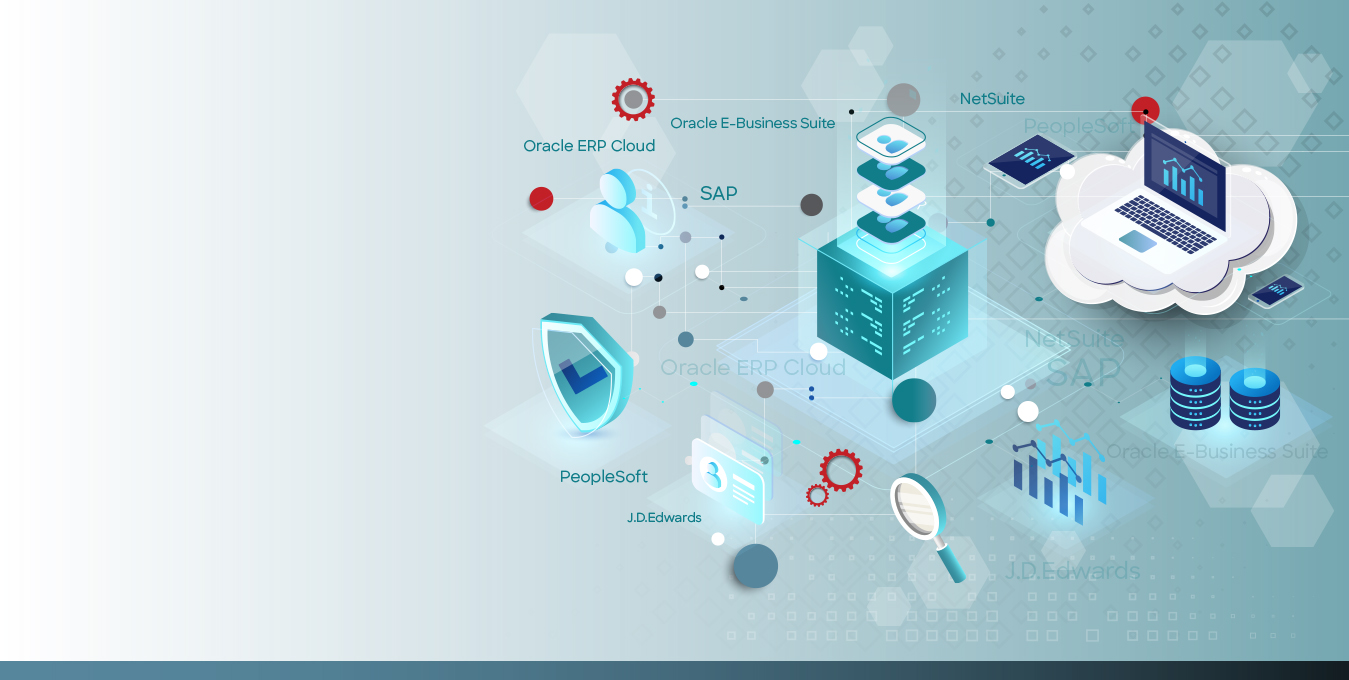Why PBAC is the new RBAC


Why PBAC is the new RBAC
RBAC, role-based access controls or role-based security was invented way back in 1992. Twenty years on, RBAC doesn’t cut it anymore. With the adoption of hybrid application environments, remote work models as well as constant changes in regulations and privacy laws. RBAC is no longer sufficient to protect organizations from risk. Forward-thinking enterprises are turning to PBAC (policy-based access controls) for increased security and protection, as well as flexibility and agility.
Identity Access Management solutions, responsible for provisioning and de-provisioning work at a high level that doesn’t allow them to see what’s happening at a fine-grained level. Traditional IDM solutions that have been in the market for over 3 decades are not effective in today’s complex business and regulatory environments.
Organizations use multiple systems and applications, some on-premise , some in the cloud. These systems are accessed by employees from a melange of devices and locations. Organizations use contractors, managed service providers, consultants, all of which access systems. There are bots and machines to think about. It’s a mess! Access is a mess.
Businesses need visibility into who is doing what, when and where and they need it in real-time. RBAC just doesn’t offer sufficient security given the increasing number of devices, remote workers, and regulations.
Access controls play a fundamental role in information security and compliance. Regulations such as Sarbanes Oxley, GDPR and CCPA all require how organizations should treat, manage and store data as well as how data can be accessed, by who and on what set of data.
Policy-based access controls allow for flexibility and agility within an organization. Streamlining compliance becomes easier. PBAC is an adaptable and more efficient way to help enterprises face the challenge of access.
For example, when a new employee joins a company, or someone changes roles or leaves an organization PBAC is much more effective. Businesses are not static, they are continuously changing.
How SafePaaS can help
SafePaaS provides the fine-grained capabilities needed for organizations to succeed at securing business-critical applications such as ERP where traditional IAM solutions are too high level, leave gaps in security and organizations exposed.
SafePaaS is a policy-based access controls (PBAC) solution that ensures that all user access requests to grant enterprise access privileges are processed in compliance with access governance policies by presenting any access control violations to the requesters, approvers and reviewers in the closed-loop workflow. This approach helps streamline the mitigation of security, operational and business risks created by the inherent power of privileges granted to enterprise application users.
SafePaaS enables self-service application access request management and it ensures that each provisioning request is checked against access policies before allowing privileges to be granted. Exceptions that require management approval are processed via workflow notifications to obtain electronic approval from authorized supervisors. You can ensure that all user provisioning requests proceed according to your Segregation of Duties and Restrictive Access policies.
Join us for a customized demo
When evaluating enterprise solutions, it's paramount to discuss your challenges and use cases with a Solutions Specialist beforehand to truly understand how the platform works and get value from the demo. Having that prior conversation with our team of experts will allow us to tailor the session for your unique requirements.
Recommended Blogs

Detect, Remediate and Prevent Data Breaches
The majority of sensitive data such as customer credit details, supplier bank information and employee national ID’s are stored in ERP systems. However, the fine-grained security measures required to protect this data have been overlooked for many years.

Common Examples of Segregation of Duties
Segregation of Duties is an essential internal control in any organisation designed to prevent fraud and error. It’s an elementary component of any internal control system. This internal control ensures that more than one person is required to complete the various tasks required to complete a business process.

Upgrade Oracle GRC Advanced Controls to SafePaaS
The lack of support and enhancements to control emerging cyber security risks can cause ERP control defects, increase audit costs and result in regulatory penalties. Oracle Risk Cloud, the next generation of GRC products does not support on premise ERP systems such as E-Business Suite, PeopleSoft or JD Edwards.

